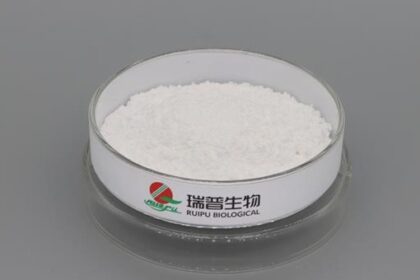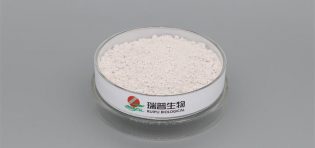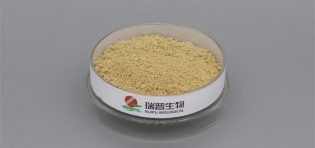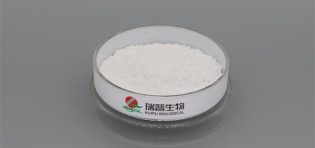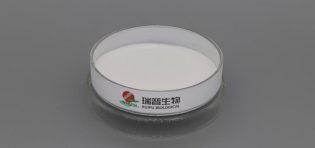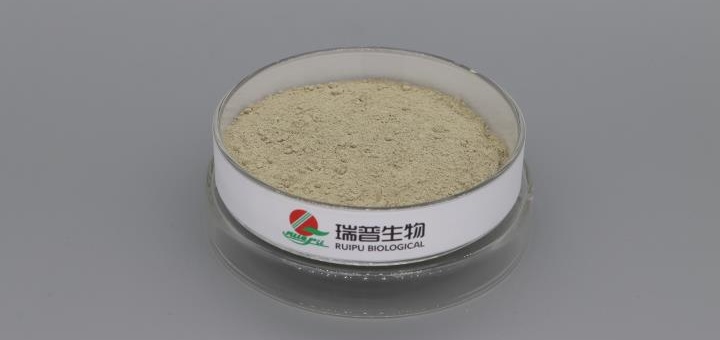
Ferrous Gluconate is a commonly used iron supplement, and its chemical stability is affected by various environmental factors, mainly reflected in the following aspects:
Oxidation sensitivity: As a divalent iron compound, ferrous gluconate is easily oxidized to trivalent iron (Fe³⁺) by oxygen in the air, resulting in reduced bioavailability. Meanwhile, it may produce brownish oxidation products, affecting appearance and stability. The oxidation rate accelerates with increasing temperature and humidity, especially in alkaline environments (pH > 7), where the hydrolysis and oxidation of iron ions are further intensified.
Impact of moisture and humidity: Ferrous gluconate has certain hygroscopicity. In high-humidity environments, it easily absorbs moisture to form crystalline hydrates, leading to caking, dissolution, or deliquescence, which destroys its physical form. In addition, the presence of moisture promotes oxidation reactions and accelerates the degradation of active ingredients.
Effect of light: Ultraviolet and visible light can trigger photooxidation of ferrous gluconate, especially in solution. Light activates the catalytic activity of iron ions, prompting them to react with surrounding organic molecules (such as gluconate ions) to generate free radicals, further exacerbating oxidative degradation.
Interaction with other substances: In compound preparations or food additive scenarios, ferrous gluconate may react with certain components. For example, when coexisting with tannic acid, phosphates, or ascorbic acid (at high concentrations), it may form insoluble complexes or accelerate oxidation, reducing its stability.
To delay the degradation of ferrous gluconate and ensure its effectiveness and safety, environmental factors need to be controlled during storage with targeted solutions as follows:
Controlling environmental humidity and sealing: Ferrous gluconate should be stored in a dry, well-ventilated environment, with relative humidity recommended to be controlled at 30%~60%. Packaging should use containers with good sealing performance (such as aluminum-plastic composite bags, brown glass bottles), and desiccants (such as silica gel) should be added to absorb residual moisture. After opening, it should be used as soon as possible and resealed to avoid moisture absorption and caking.
Light protection and temperature management: The storage environment needs to be protected from light, especially direct sunlight. Opaque packaging materials or brown containers can be used for storage. In terms of temperature, it is recommended to store at room temperature (15~30℃); for long-term storage, it can be placed in a cool place (≤25℃), avoiding high-temperature environments (e.g., exceeding 40℃) which accelerate oxidation and degradation.
Adjusting pH and avoiding unfavorable coexistence: In the production of preparations, if it is a liquid dosage form, the pH should be controlled within the acidic range of 4.0~6.0 to inhibit the hydrolysis and oxidation of iron ions; solid dosage forms should avoid being stored in the same warehouse with drugs or foods containing tannins and phosphates to prevent reduced stability caused by cross-contamination.
Form and storage state: The solid powder form of ferrous gluconate is more stable than the solution form. Therefore, unless required for use, the solid form should be preferred for storage. For solution preparations, appropriate antioxidants (such as sodium sulfite, vitamin C derivatives) should be added, and they should be refrigerated at low temperature (2~8℃) while shortening the storage period.
Packaging and transportation precautions: During transportation, violent vibrations that may cause packaging damage should be avoided to prevent air and moisture intrusion; the storage area should be away from oxidants, strong acids, strong alkalis, and other substances to avoid chemical contamination.
By strictly controlling the above storage conditions, the shelf life of ferrous gluconate can be significantly extended, maintaining its chemical stability and bioavailability, and ensuring its application effects in fields such as medicine and food fortification.

